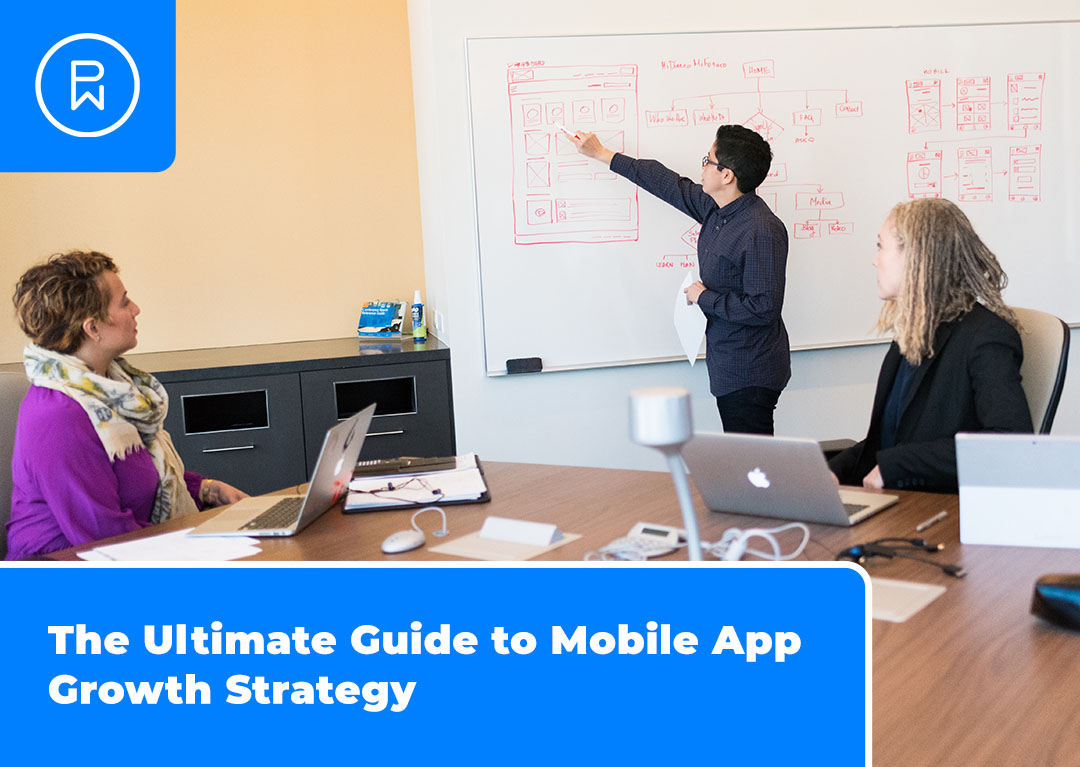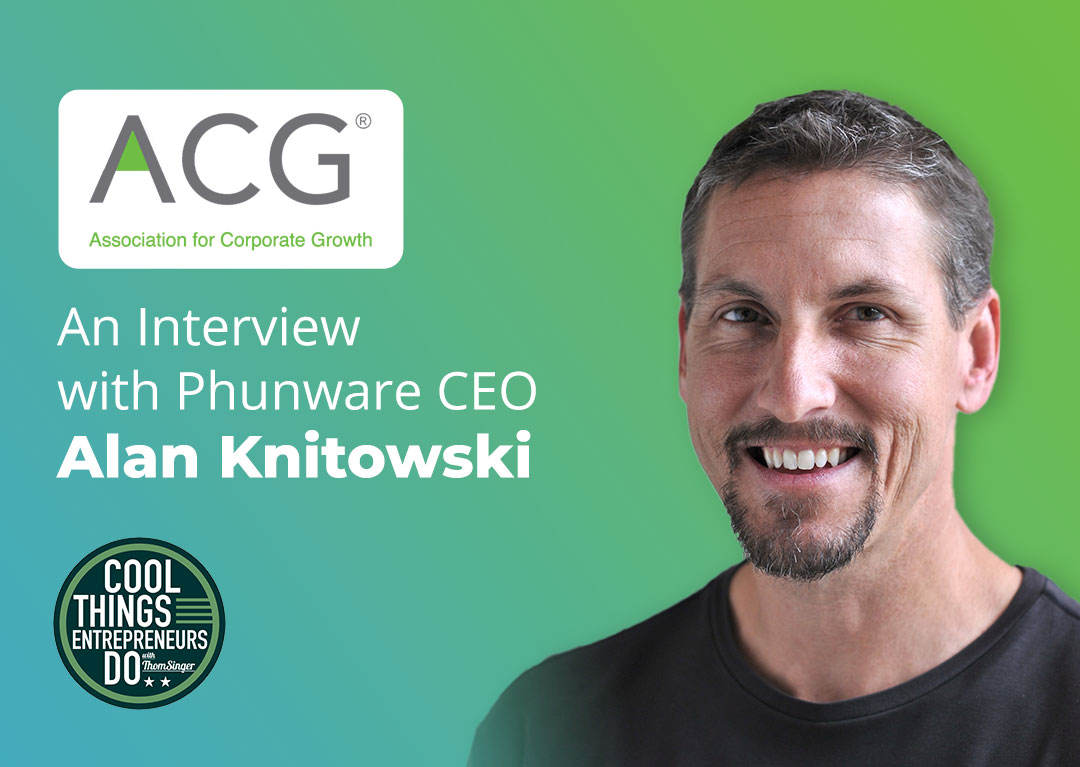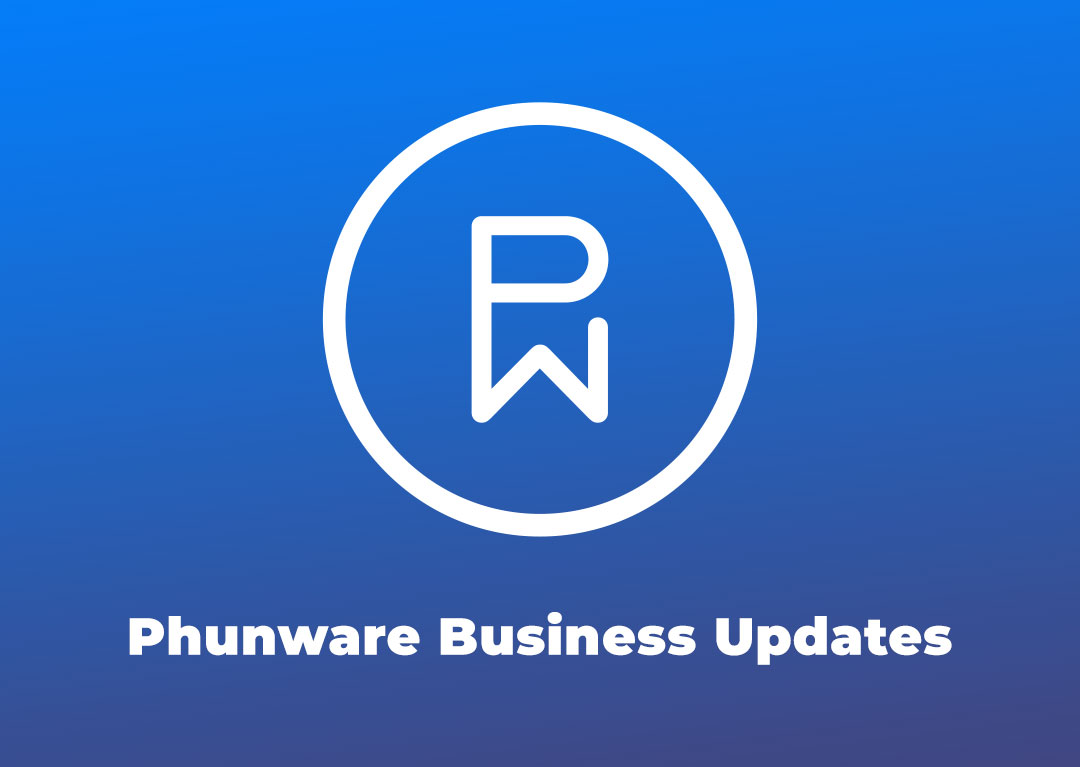If you’ve ever been to an all-inclusive resort, you are probably familiar with the use-it-or-lose-it dynamic. Because everything is included in the booking price, you may find yourself loading your plate beyond reason at the buffet, ordering more cocktails than you normally would or participating in activities that don’t interest you—simply because “it’s already paid for.”
The same effect occurs in business with use-it-or-lose-it budgets. In many organizations, if a department doesn’t spend its full budget for the year, next year’s budget will be cut back accordingly. While it’s a nice idea to make the department accountable for using its allotted budget, requiring a group to use all allotted dollars can lead to unfocused, “experimental” or wasteful spending. Loading up at the buffet on food that doesn’t even look appetizing, as it were.
But there is one way businesses can use their remaining 2017 budgets more wisely: by putting them towards mobile. According to The CMO Survey (co-sponsored by The American Marketing Association, Deloitte and Duke University’s Fuqua School of Business) mobile marketing made up only 6% of marketing budgets in 2017. This is despite the fact that comScore’s 2017 U.S. Mobile App Report found that mobile apps drive 57% of all U.S. digital time spent.
Got that? Marketers are allocating only 6% of their budget to a channel that makes up almost 60% of digital time spent. If your spend for 2017 falls far short of 60% (and I’m willing to bet it does) it may make sense to spend your remaining funds on closing that gap.
5 Wise Ways to Invest Your Use-It-or-Lose-It Budget in Mobile
1. Get off square one and start building a mobile presence.
If your brand doesn’t already have a mobile app, take the first step now. Internally, start strategizing the type of mobile experience that would best meet your business and marketing goals. You could put some resources toward building a mobile RFP for 2018 or use budget dollars for mobile discovery and planning with an expert partner. The last months of the year are often slow and can be an excellent time for strategic thinking and planning.
2. Refresh an existing app with new capabilities.
The mobile app lifecycle never really ends. Once you have a mobile presence, it’s important to keep that presence vibrant, technologically up-to-date and aligned with your current objectives. Mobile SDKs are a relatively quick and cost-effective way to enhance an existing app with features that improve the user experience and/or drive toward other business goals. Options include indoor wayfinding or blue dot navigation, mobile engagement, monetization through advertising, and even analytics you can use to inform your overall marketing strategies.
Renew or Re-do: What to Do with an Aging Mobile App
eBook: Mobile Marketing Automation: Why It Matters and How to Get Started.
3. Build a better audience by converting more high-LTV users for your app.
Mobile game developers realized long ago that not every install results in a valuable customer. By focusing on reaching and converting users who will generate high lifetime value (LTV), game developers are able to tune their marketing efforts to drive revenue.
LTV will mean something different for every brand and every type of mobile experience—it’s all in how you define value, based on your overall goals. An expert audience-building partner like Phunware can help you access and parse finely segmented mobile data to better understand your high LTV users and target them effectively.
Want a better understanding of the fine art of audience building? See how savvy game developers do it in 5 Steps to Driving Quality Installs for Your App.
4. Leverage contextual data to enrich customer profiles and improve targeting.
Many mobile marketers have only limited data available for segmenting audiences and targeting ads. If you’re working with third-party data, there’s often no way to know how audiences are built or how often the data is refreshed. On the other hand, if you’re working with a typical mobile advertising partner, you’re limited to the data available from that partner’s advertising SDK.
In reality, mobile data can provide much richer insights, thanks to the daily digital trail generated by each user. This trail of mobile data envelops users in a cloud of context that can tell brands what people do, where they’ve been, which types of apps and other content they like, where they are, and many other highly specific details. Learn more in Mobile Data: The Missing Link in Your User Acquisition and Engagement Strategies.
5. Get beyond the banner with uniquely powerful ad formats.
The days of the boring banner ad should be well in your rear-view mirror. These days, mobile ad formats can work much harder for your brand. Q4 2017 is an ideal time to explore the possibilities.
- Try rewarded video to give users in-app rewards in exchange for watching a branded video. Users are much more willing to watch a video ad (and be engaged in watching it) when they are rewarded for doing so, plus these formats provide very clear attribution from campaign to conversion.
- Looking for something more immersive? Sponsored gameplay integrations like Phunware’s Phusion are like a hybrid between a sponsorship and an advertising experience. In sponsored gameplay, the brand is integrated into the game itself, generally through sponsoring a customized level. These unique formats work best when there’s strong alignment between the brand’s audience and the game’s audience, as well as synergy between the brand and the gaming experience.
The Future Belongs to Brands That Are Mobile-First.
Looking back to comScore’s 2017 U.S. Mobile App Report, in three years mobile will still only make up 13% of marketing budgets. This is a strong indicator that most CMOs can’t see what’s right in front of them—consumers are already mobile-first, and their brands are late to the party (and underdressed, too).
But better late than never. Before EOY, you can start investing more wisely in your brand’s future and shifting your organization to a mobile-first mindset. You just have to get started. Contact Phunware for options.










